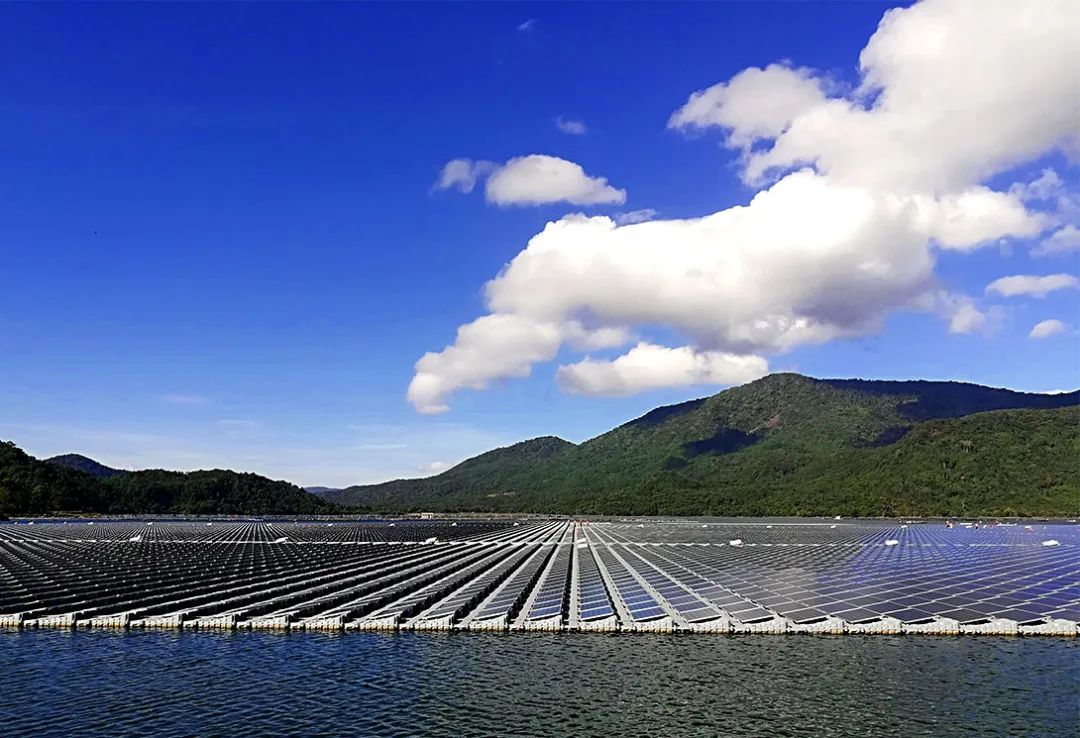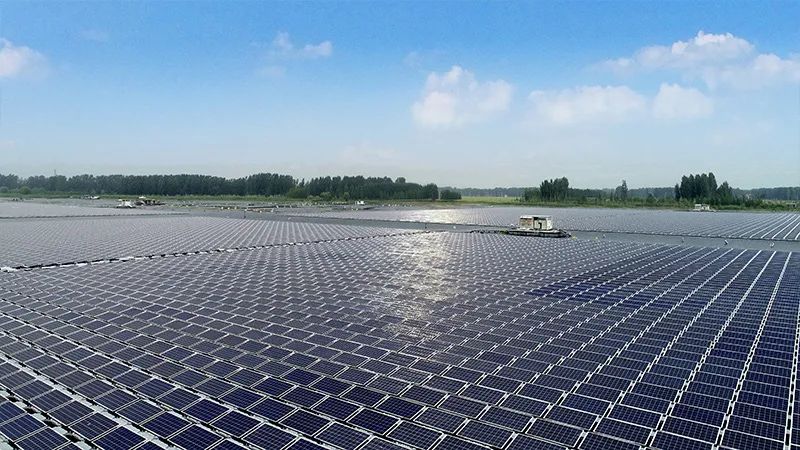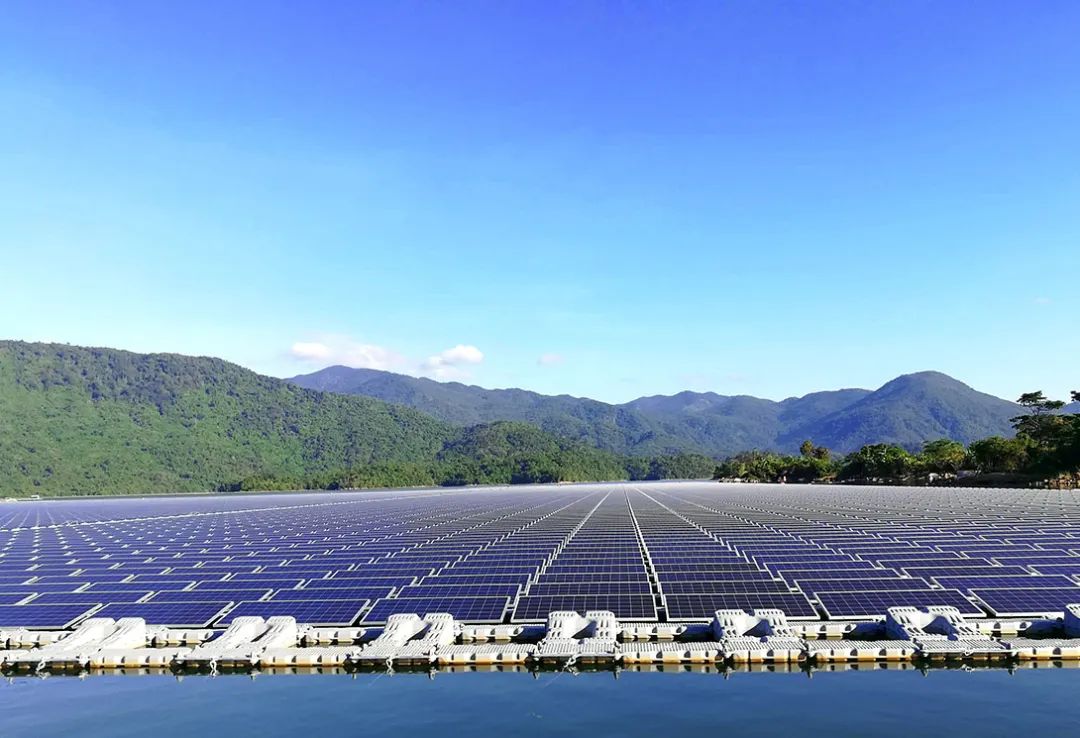Relevant data show that China's mainland coastline is 18,000 kilometers long, and the total offshore area is more than 4.7 million square kilometers, of which the usable sea area exceeds 3 million square kilometers. In theory, nearly 700 million kW (700GW) of offshore photovoltaics can be developed. In recent years, Zhejiang and other places have also introduced relevant policies to support the development of offshore photovoltaics. However, there is only a small amount of offshore photovoltaic construction at present, and most of them are still planned in the future. Can offshore photovoltaic become the next blue ocean? What technical difficulties exist in the development of offshore photovoltaics? Recently, the editorial department of "Southern Energy Construction" interviewed Mr. Cai Shaokuan, president of Offshore Wind Power Branch of China Ocean Engineering Consulting Association, on the above-mentioned issues. The following is Chairman Cai's relevant discussion on offshore photovoltaics.

In addition to water energy, wind energy, and onshore photovoltaics, the most worthy of research is offshore photovoltaics
In today's world, renewable zero-carbon energy will surely become the protagonist of energy supply for the whole society. Renewable zero-carbon energy includes water energy, wind energy, light energy, temperature difference energy, geothermal energy, etc. Among them: water energy, which has been developed for more than 100 years, is about to be fully developed. Due to the limitation of resource scale, the amount to be developed is extremely limited; the temperature difference energy, from the current technological level, is difficult to achieve large-scale and market-oriented development; geothermal energy, subject to Due to the limitation of application scenarios, the scale of direct heat utilization is small, and the utilization of power generation is also difficult to be scaled and marketized; wind energy (land wind, sea wind) and onshore wind energy are being marketized (affordable) and developed on a large scale, and offshore near-shallow sea wind power has entered the market. Development and large-scale development can be expected, and will be vigorously developed; solar energy (land light, sea light), onshore photovoltaics are being marketed and developed on a large scale, and the prospect of offshore photovoltaic development is huge, but it is only in the stage of experimental scientific research and development and has yet to be explored.
To sum up, the renewable zero-carbon energy that can be developed on a large scale and in the market in the future includes water energy, onshore wind energy, near-shallow sea wind energy, and solar energy. In addition to water energy, wind energy, and onshore photovoltaics that have been concluded to be developed in a large-scale market, the most worthy of research target energy is offshore photovoltaics.

Regional distribution of offshore marine energy
From the perspective of China's energy development prospects, there are three aspects of non-hot but promising energy sources: floating basic offshore wind power, offshore energy islands, and floating (including tidal flats, the same below) photovoltaics. The blind spot in the current offshore marine energy research and development is floating photovoltaics.
We divide the offshore marine energy distribution area into five zones: beach, intertidal zone, subtidal zone with water depth below 5m (usually used as a deep water area where construction ships are difficult to enter and construct), 5~70m (offshore wind power fixed pile foundation critical water depth for economic development of the floating foundation) water depth zone, and water depth zone above 70m (possibly deeper). Shrink the focus, and take the prospect of scale and marketization as constraints: tidal flats, intertidal zone, subtidal zone with water depth below 5m (usually used as a deep water area where construction ships are difficult to enter and construct), 5~70m (offshore wind power fixed pile critical water depth for economic development of foundation and floating foundation) water depth zone.

Comparison with offshore wind power installed capacity and power generation
The installed scale and power generation were compared with floating photovoltaics at a water depth of 5-70m. When the offshore wind power in this sea area enters the era of 6MW or more single units, the analysis and research will be carried out by taking the general wind turbine arrangement with a row spacing of 1000m and a row spacing of 800m as a representative array. The area of the rectangular sea surface formed by four wind power towers is 0.8km2. Considering the requirements of various channels and safety distances, assuming that only 50% of the area of photovoltaic panels is arranged and designed with a technical index of 100W/m2, the installed capacity of photovoltaics should be 40MW; assuming The row and column matrix photovoltaic indicators around each base wind power tower are isotropic, so the technical and economic parameters of wind power participation in the comparison should be included in 1/4. If the 6MW stand-alone capacity is still used, the wind power participation in the comparison capacity is 6×4/4=6MW The ratio of photovoltaic installed capacity to wind power installed capacity is 40MW/6MW=6.68 times; assuming that wind power utilization hours are 4 times photovoltaic utilization hours, the ratio relationship between photovoltaic power generation and wind power generation is 6.68/4=1.67 times. Although the stand-alone capacity and the geometric distance of the wind turbine layout matrix are diverse, from a qualitative point of view, the installed capacity and power generation scale of photovoltaics are larger than those of offshore wind power, and the prospects are considerable.
Technical Difficulties and Research Directions of Offshore Floating Photovoltaic Development
Let's zoom in on the field of vision and roughly analyze the photovoltaic development prospects of the three near-shore sea areas: tidal flats, intertidal zones, and deep subtidal zones below 5m. The technical difficulties in the development of offshore floating photovoltaics include mooring, wave resistance, wind resistance and slap resistance. Through nearly two years of research, the direction to solve the four major problems can be preliminarily determined:
1) Mooring. For water depths above 5m, carry out feasibility studies on the joint stress of wind power foundation as the auxiliary and pile chain anchor pull as the main force; in the subtidal zone below 5m, carry out feasibility research on the joint force bearing of pile chain anchor pull as the main force and the bottom of the floating body as the auxiliary force; In the intertidal zone, the feasibility study is carried out on the joint force bearing with the bottom of the floating body as the main part, supplemented by the pile chain anchor pull; on the tidal flat, the feasibility study is carried out on the final support structure adaptable to the specific geographical and geological characteristics of the tidal flat.
2) Anti-wave. Intensify scientific and technological innovation, adopt a new floating structure, take "following the tide, using softness to overcome rigidity" as the technological innovation concept, and start from "materials, structure, force principle, anchor pull system, force reduction and energy dissipation methods, dynamic cables, and new concepts of operation and maintenance" Carry out feasibility studies from multiple perspectives. Floating body structures, flexible connections, flexible tethers, flexible photovoltaic modules, dynamic cables, etc. may be the focus of attention.
3) Wind resistance. In order to minimize the wind load as the main attack direction, the research on the structural form and structural materials of the floating body is particularly important.
4) Anti-slapping. Taking flexible photovoltaic modules as a technological breakthrough, fundamentally change the "structural mechanics principle, damage mechanism, damage tolerance boundary, damage probability determination, damage operation and maintenance treatment" of photovoltaic modules to carry out feasibility studies.